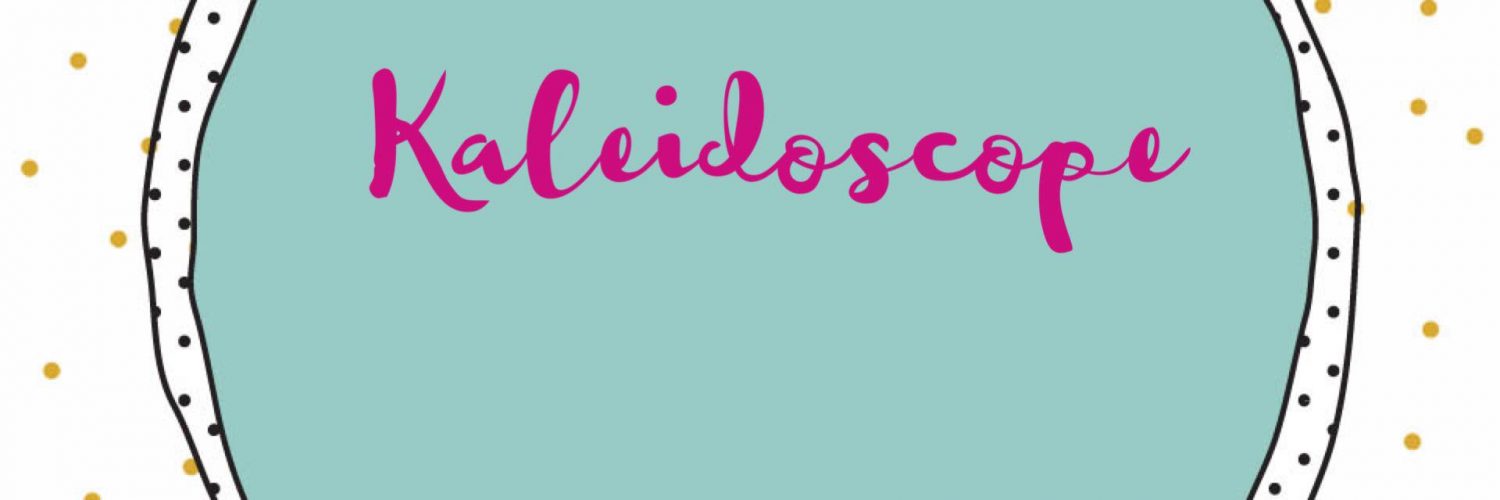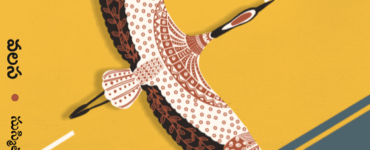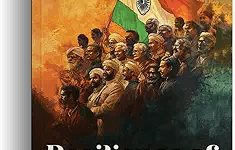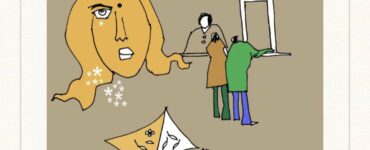“Happy Birthday, sweetheart,” Kay chirped as she brought out a slice of chocolate cake from the fridge. “You know Douglas Adams revelation that 42 is the answer to life, universe and everything. So, as you turn 42, here’s to your nirvana.”
“Thank you, Kay,” Sharad reaching over to hug his wife. “Who knew that the truth would be a number?” referring to the central anecdote from the much-celebrated book ‘Hitchhikers Guide to the Galaxy’. In the novel, it took the computer Deep Thought seven million years to arrive at the answer.
“Well, 42 may not be the truth, but it’s definitely an answer. Increasingly, the answers to our lives are numbers – you should know that. After all, you are the professor of data science,” Kay reminded him, as he teased her with a piece of the cake he had just cut.
A few years ago, Sharad’s PhD took him to an elite financial organization analyzing the markets. After working long hours that stretched into years, he felt exhausted and wanted to do something else. He joined the university as an assistant professor, teaching algorithms and data science to students of computer science. He wanted to devote his life to academics and research hoping he could help untangle larger, and more meaningful human questions. This is the job he wanted and cherished.
“You are right, and it doesn’t take that many years to find the answers anymore.” Sharad agreed, relishing the cake and wondering how many steps he had to walk to burn these calories. “I am walking to work today.”
“We are going out for dinner, so keep your evening free.” Kay called out from the kitchen garden.
Back in his office, Sharad looked at his chaotic desk. His days are typically filled with preparing for lectures, teaching, writing research papers, student advisory sessions, assessing student defense sessions, and faculty meetings. He was happy that thanks to a teaching assistant, he was now able to focus more on research. His desk is a happy mess, like Kay likes to say, “a result of the unlikely balance of preaching and practicing.”
One of his students, Naina, knocked on his office door bringing him back to the present. She was waiting hesitantly, “Professor, do you have a few minutes? I just want to bounce off some thoughts with you.”
“Sure, come on in,” Sharad invited Naina. He had noticed her to be a keen student and a curious observer. “How can I help you?” he asked her.
“Professor, it’s a question nagging me. If you want to do good, what problem will you work on? Health? Climate? Education? Gender? Financial access?”
“Any of these is a good place to start, Naina. What do you have in mind?”
“As a data scientist, I want to know how I can make the maximum impact to solving the world’s problems.”
“Well, pick any problem that is close to you. The point is, as a data scientist, your job is to study the problem and use evidence and reason to work out what’s the right and most effective intervention. We can design the solution, but it’s up to the implementers to deliver the solutions.”
In today’s complexity and interconnectedness, the answers to the world are in piles of data. Insights into understanding the world are available if you know how to deal with data: Sort and search, divide and conquer.
“Professor, I’ve read that USD 500 billion is spent each year on the world’s problems. Why are we nowhere close to resolving any of the problems?”
“Many reasons. But partly because, there are vast differences between the effectiveness of working on different problems. Is there anything specific you are thinking about?”
“Prof, I am in a dilemma. I would like to make a research proposal focused towards education and go to the Sajon Foundation for funding. But I am also interested in working with a friend on his sales product.
“Hmmm… Do you have to choose?”
“Yes. For reasons of time and money. If the product does well, I will have money and freedom to pursue my interests for the rest of my life. I will then be able to work exclusively on the education project. But if the product doesn’t do well, I would lose 3 or 4 years of time and have to reboot.”
Algorithms can be used for predatory selling strategies and competitive consumerism that is shifting the hierarchy of needs. On the other hand, some algorithms are benign and attempt to promote altruism. In the battle of intents, it’s the marketing strategies that get the most funding and the altruistic ones that need elaborate justifications for a slice of the pie.
“How would you choose?”
“I need your guidance, professor. Can good intentions wait? Like, you worked in a global corporation before you decided to be a professor. Would it be bad if I decided to make some money first and then work for the world?”
“Naina, I dint start with good intentions to work on global problems. I had enough of working with pure finance and that is why I chose the teaching path. And remember, don’t ever make the mistake of thinking you are sacrificing or working for the world. The world will get by, even without you or me. What is required is an awareness of what sustains you – what are your needs and interests. Both are life changing career decisions and it’s important to choose well. Your choice is subjective, based on your reality”.
Naina listened, trying to comprehend the fullness of his response. “If I chose to continue with my research, how do I know I have made the right choice?” Naina probed further.
“Well, you can run probability algorithms to guess”, Sharad said with a chuckle. “The truth is you will probably never know for sure”.
Sharad continued, “Data is like an invading army. We can run programs and win that battle. But regarding our own lives, the problem is we are trying to arrive at an answer before asking the right question. Life is an everyday reality. Deliberate thoughts and actions are required. All we can do is ask the right question and know what matters to us. And then live and work fully each day – finding joy in whatever we choose to do.”
Sharad looked at Naina and saw a wise girl who had the capability to arrive at her own answer. He made a mental note to share with Kay later in the evening that some answers are better when they are not numbers.
***









Telugu.Anuvadham.Untybhagundunu..!mamathaji..
Thought-provoking story!